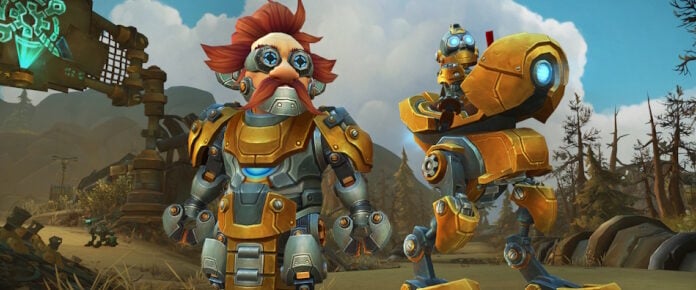
Let’s ignore the fact that “decentralization” is shorthand for pyramid scheme grift nowadays and think back to how the internet was once a very different thing when it was young. The way net browsing worked was cracked wide open by the formation of the Web 2.0 standard in 1999, which decentralized the way internet web pages were made and effectively created the internet as we know it today. It also spawned the idea of an MMO known as Metaplace – a concept that was created by, among others, Raph Koster, and is the subject of a new retrospective by writer Dirk Songuer.
The piece about Metaplace, which is among a series of blog posts titled Fieldnotes from the Metaverse, takes a complete journey through the history of Metaplace, recounting the game’s creation and its general lack of popularity at the time as more polished MMORPGs were on offer during its formation in 2006, interspersed with notes and remarks from Koster himself. The company behind the game, Metaplace Inc., would eventually shift to application of its technologies in 2010 to create several successful social games on Facebook, leading to its acquisition by Playdom that same year.
A 2-D isometric game might generally be considered something to shrug at, except Metaplace is noted as the first example of how an actual metaverse might be crafted.
“The aspiration for Metaplace was to ‘make online world elements like dynamic, graphically shared space, avatars, and virtual currency part of the standard code which drives the web.’
“This included the ability for players to own and make their own spaces and objects. The ability to pull in data from the real world into virtual worlds and vice versa. Worlds could be linked to one another with players being able to jump between them — changing their identities but keeping a core identity between them.”
The blog post is certainly worth a read for genre fans, particularly as it notes a unique time in MMO gaming history while also proving that people breathlessly trying to will a current metaverse into horrible, cursed existence are found to once more try to solve a problem that was already solved over a decade ago.













